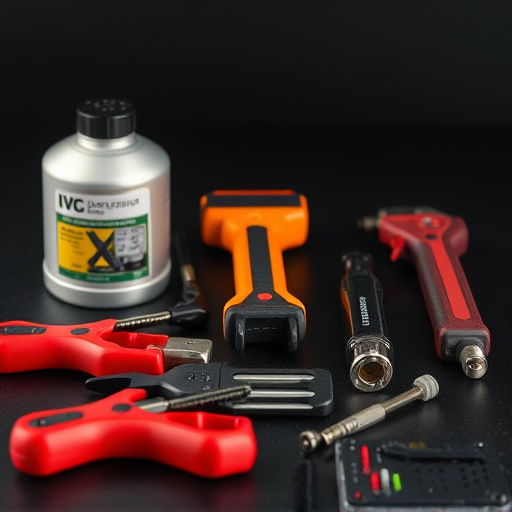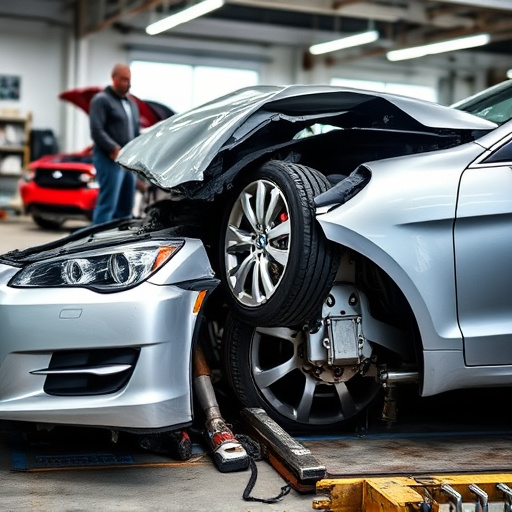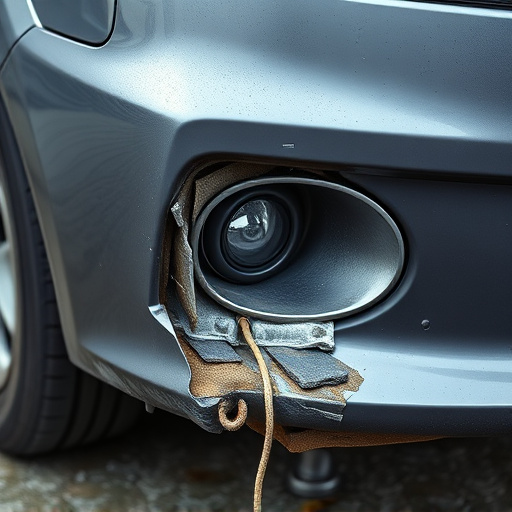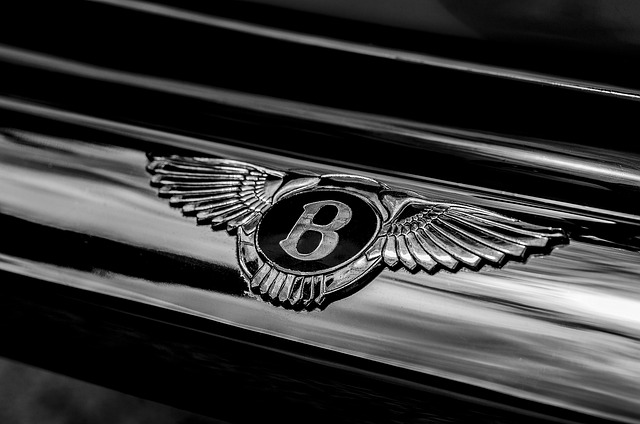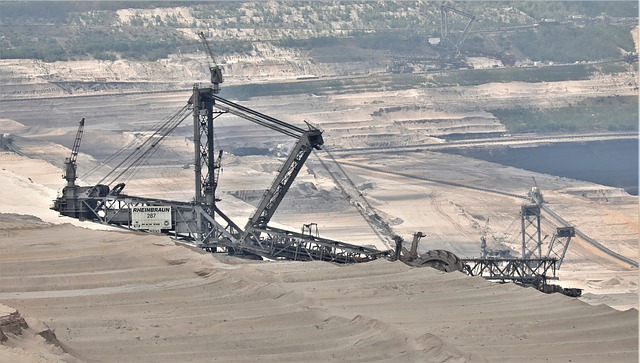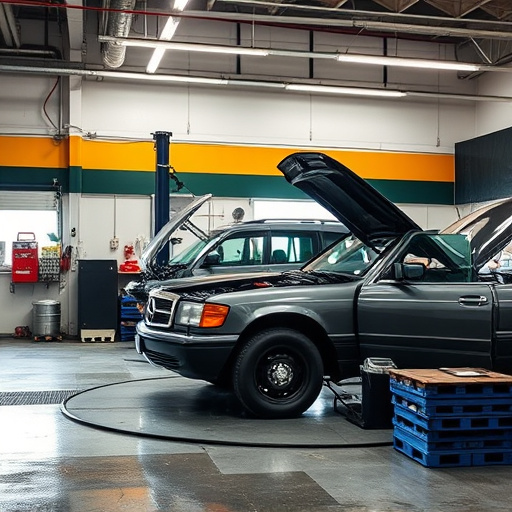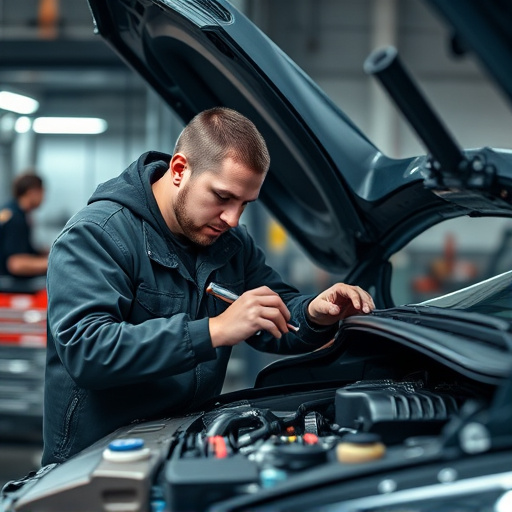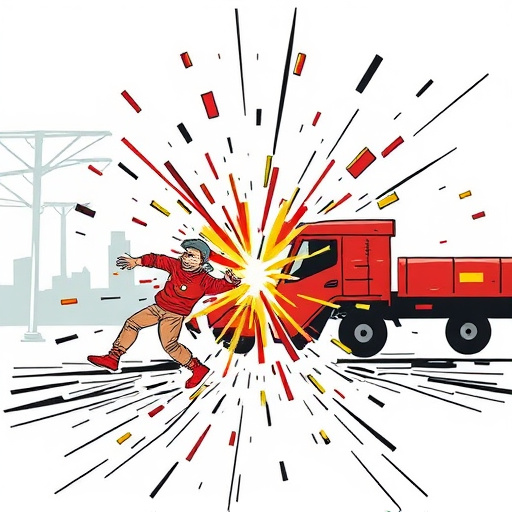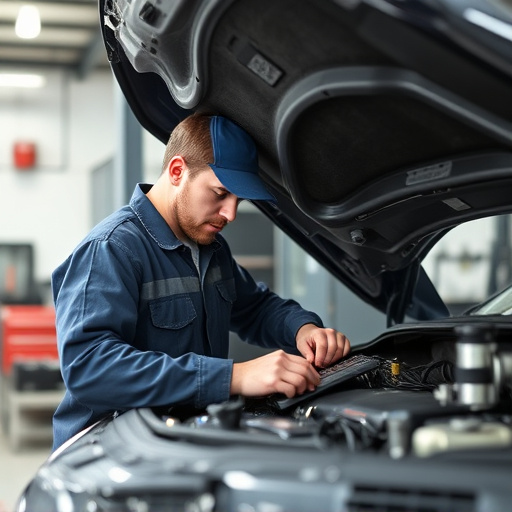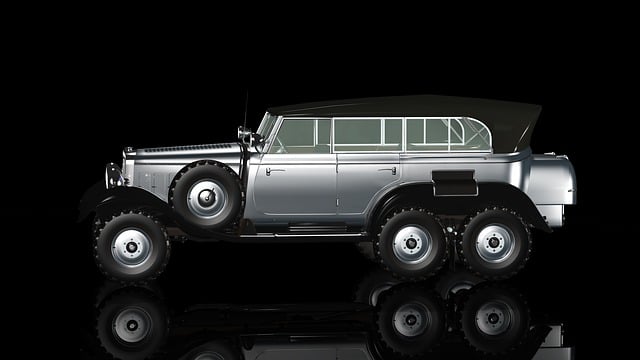Post-front-end collision, meticulous driveshaft inspection is crucial for safe and effective driveshaft collision repair. Advanced diagnostics, including x-ray imaging, computer-aided measurements, and vehicle sensors, enable precise identification of hidden damage, enhancing repair accuracy and safety beyond surface repairs. Computer-aided diagnostics (CAD) tools streamline processes, ensuring comprehensive views of performance metrics for accurate estimates and subtle damage detection.
After a front-end crash, proper diagnosis of driveshaft damage is crucial for safe and effective collision repair. This article guides you through understanding drivetrain components affected, recognizing visual signs of damage, and utilizing advanced diagnostics for accurate estimates. Learn how to navigate the process, ensuring your vehicle’s safety and efficiency in the repair phase, with a focus on expert driveshaft collision repair techniques.
- Assessing Drivetrain Components After a Front-End Collision
- Identifying Visual Signs of Driveshaft Damage
- Advanced Diagnostics for Accurate Driveshaft Repair Estimates
Assessing Drivetrain Components After a Front-End Collision
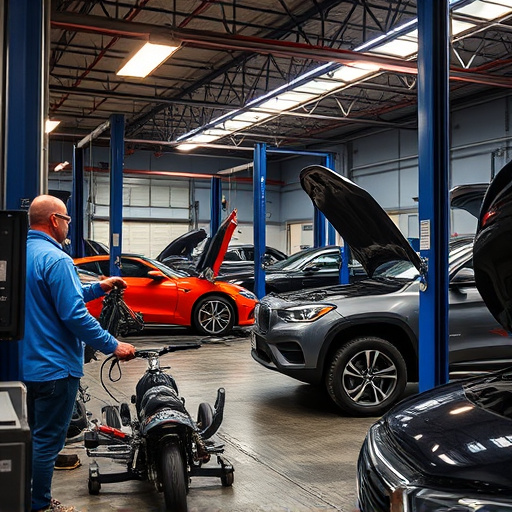
After a front-end collision, assessing driveshaft damage is crucial for safe and effective driveshaft collision repair. The initial impact can cause various components within the drivetrain to become misaligned or damaged. Technicians will inspect the driveshaft for signs of bending, cracking, or separation from its components. This includes examining the universal joints, constant velocity (CV) joints, and the U-joints, as these are common points of weakness. A thorough inspection also involves checking the differential and axle assembly for any wear or tear that might have been exacerbated by the crash.
Identifying drivetrain issues early on is vital to prevent further damage and costly repairs. While some car scratch repair or hail damage repair might be visible immediately, proper vehicle body repair for the drivetrain often requires specialized tools and expertise. Experts will use diagnostic tools to assess the condition of sensors, control modules, and other electronic components within the system, ensuring that everything functions optimally before recomending repairs or replacements.
Identifying Visual Signs of Driveshaft Damage
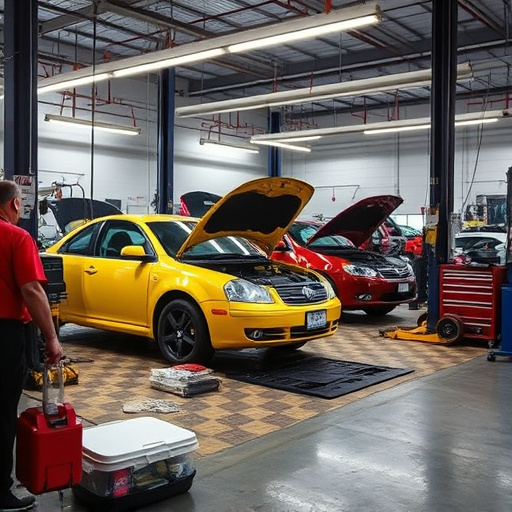
When assessing a vehicle following a front-end crash, examining the driveshaft for any visible damage is crucial. Driveshaft collision repair experts look for signs such as cracks, bends, or separations along its length. These visual cues indicate potential structural integrity issues that can impact both performance and safety.
In many cases, professional collision repair services will employ advanced techniques like x-ray imaging or computer-aided measurements to accurately diagnose driveshaft damage. This is particularly important since damaged driveshafts can lead to serious driving hazards, compromising the vehicle’s power transfer and stability. Unlike visible dents or scratches that might be addressed through paintless dent repair or vehicle paint repair, hidden driveshaft damage requires specialized knowledge and tools for effective and safe correction.
Advanced Diagnostics for Accurate Driveshaft Repair Estimates

In today’s digital era, advanced diagnostics play a pivotal role in accurately assessing driveshaft damage following a front-end crash. Modern vehicles are equipped with sophisticated sensors that can provide valuable data on rotational speed, torque, and structural integrity—crucial information for pinpointing issues within the drivetrain. These technologies enable mechanics to go beyond visual inspections and manual tests, ensuring they diagnose problems with precision. By integrating computer-aided diagnostics (CAD) and advanced scanning tools, driveshaft collision repair becomes more efficient and effective.
Unlike traditional methods relying solely on physical examination, these advanced systems offer a holistic view of the vehicle’s performance metrics. This data is instrumental in estimating repair costs accurately. For instance, CAD can detect subtle misalignments or internal damage that might be invisible to the naked eye but significantly impact driveshaft functionality. By utilizing these technologies, auto painting and dent removal processes are better integrated into the overall car damage repair, ensuring a more comprehensive restoration for the vehicle’s drivetrain components.
After a front-end crash, accurately diagnosing driveshaft damage is crucial for efficient and safe driveshaft collision repair. By assessing drivetrain components, identifying visual signs, and utilizing advanced diagnostics, mechanics can provide accurate repair estimates. This ensures that the vehicle returns to its pre-accident condition, enhancing safety and performance. For reliable driveshaft collision repair, follow these steps to navigate through the process effectively.

